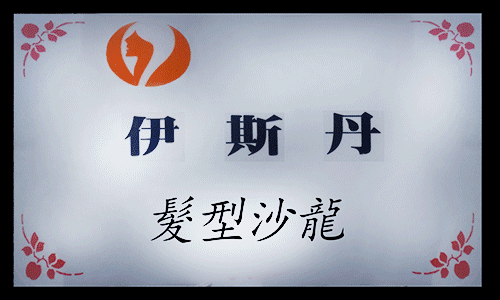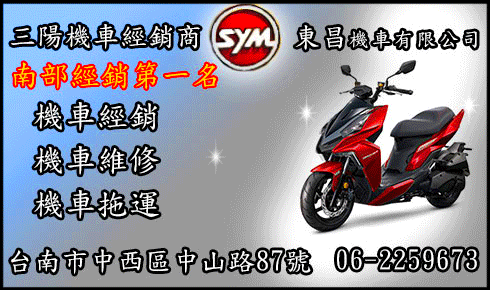-
Burch Egelund 發表更新 5 年, 8 月前
This comparison relies upon the recommendations of the First Discussion Paper made by the Empowered committee of states fund ministers (hereafter called EC) and the Report of the Task Force on GST constituted from the Thirteenth Finance commission.
Before going on dialogue we ought to establish GST and the Goal supporting it.
What is GST?
GST is a tax on goods and services with continuous and comprehensive chain of set-off benefits from the Producer’s stage and Service supplier’s point upto the retailer level. It is fundamentally a tax just on value addition at every stage and a provider at each stage is allowed to set-off via a tax credit mechanism. Under GST construction, all different phases of manufacturing and distribution can be interpreted as a mere taxation pass through and the taxation essentially sticks on final consumption within the taxing jurisdiction.
Objective behind GST
A) The incidence of tax simply falls on domestic consumption. B) The efficiency and equity of the system is optimized. C) There should be no export of taxes across taxing authorities. D) The Indian marketplace should be incorporated into a single common market. E) It enriches the cause of co-operative federalism.
Our comparative discussion is going to be based only on significant points assembling overall GST.
GST MODEL
A dual structure was recommended from the EC. The two elements are: Central GST (CGST) to be levied by the middle and say GST (SGST) from the nations.
GST tax consultant has also recommended for the dual lie imposed simultaneously by the centre and the nations, but independently to promote co-operative federalism. Both the CGST and SGST should be imposed on a common and indistinguishable base.
Both have indicated for ingestion type GST, that is, there should be no differentiation between raw materials and capital goods in permitting input . The tax base should extend over all services and goods upto final consumption point.
Additionally both are of the view that the GST should be structured on the destination principle. According to Task Force this will result in the shift from production to consumption where imports will probably be liable to both CGST and SGST and exports should be relieved of the burden of products and services tax by zero rating. Consequently, earnings will accrue to the state where the consumption occurs or is deemed to happen.
This will facilitate elimination of the cascading effect at different phases of production and supply.
No Responses to “活動”
Trackbacks & Pings
-
expert-ocenka.com.ua :
expert-ocenka.com.ua
“月”求中秋能`”逢圓”, 我求 親情 ,友情 , 天天似中秋情更圓。 祝大家中秋節快樂喔! – lucky小如的部落格








姐姐 元宵節快樂 “喔 !
拍拍手
願天神 保佑 你們!
漂亮喔!
漂亮ㄟ
是阿 雖然是小船 還是很美
希望他不再受苦了!
雖然贊成 “安樂死” ~ 但還是 好捨不得喔!
是啊 捨不得喔
測試
來串門子喔! 呵呵
歡迎喔
說的 真好 掌聲~~~~~~~~~~~~~~~~~~~~~~~~~~~~~~~~~~~~~~~~~~~~啪~啪~
謝謝掌聲
愛情這件事,勉強不了, ❀ 住不進你心裡的人就放他走, 有緣就珍惜,無緣就放手吧
恩是啊!
故意的嗎? 呵呵
端午節快樂^_^
端午節快樂喔 !
我也祝妳母親節快樂喔!
母親節快樂喔!
生日快樂喔!
謝謝你 呵呵!
好棒喔! 以後去日本就快了
還是台灣好喔! 希望新 政府能好好保護台灣 不要有這樣的情形
我也這麼想喔!
測試 網頁 音訊 123123
測試 中 123123
全民買單 可憐 !
是啊! 雖然成功了 但是 還是 全民買單
是阿
好久不見喔 ! ****
下次應該去看看
是啊 ! 去看看 你的生日 鹽 顏色
ㄚㄚ測試 阿姐你有看到嗎?
有 謝 囉 呵呵
只能在這PO
我回你可以看到嗎?
喔喔
哈哈
勿以善小而不為!!聚沙成塔~~每個人都可以發揮愛心~讓地球充滿了愛~~
是 啊! 每個人都可以發揮愛心~讓地球充滿了愛~
走吧~揪團一起去~~
招 你女朋友 一起去 呵呵 我們在旁邊看
哈哈 人家在是結婚ㄋ
不錯!
我傳給你的有收到嗎?
OK囉!
很美
下次經過去買喔!
真的歡迎你!
是喔! 為何?
因為把設定設隱藏 囉
差一點 不能留言
888可以教教我 如何做漂亮圖嗎?
我想 問如何加入? 都是英文